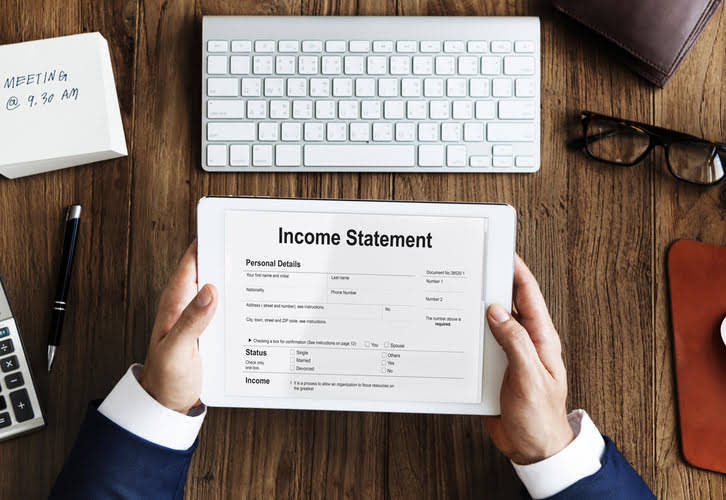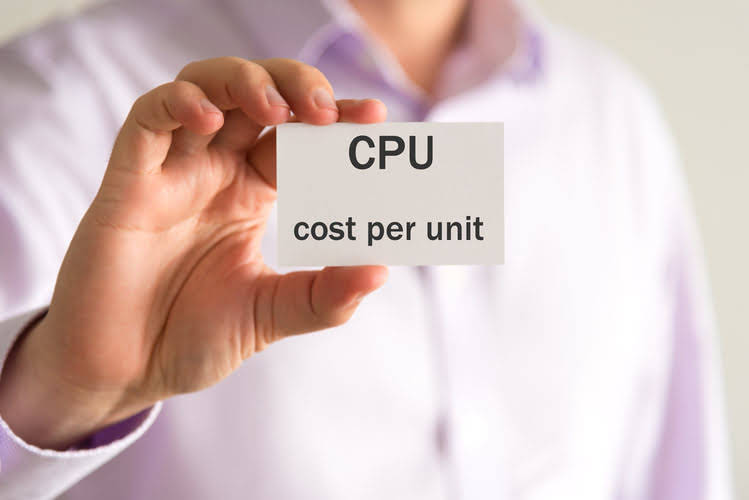Content

As cash is spent from a petty cash fund, it is replaced with a receipt of the purchase. At all times, the balance in the petty cash box should be equal to the cash in the box plus the receipts showing purchases. Whenever someone in the company requests petty cash, the petty cash custodian prepares a voucher that identifies the date, amount, recipient, and reason for the cash disbursement. For control purposes, vouchers are sequentially prenumbered and signed by both the person requesting the cash and the custodian. After the cash is spent, receipts or other relevant documents should be returned to the petty cash custodian, who attaches them to the voucher. All vouchers are kept with the petty cash fund until the fund is replenished, so the total amount of the vouchers and the remaining cash in the fund should always equal the amount assigned to the fund.

The account may be used by a company to document unexplained discrepancies arising from the replenishment of limited cash funds. The balance of a checking account reported on the bank statement rarely equals the general ledger cash balance in the accounting records. There are timing difference between the bank and the general ledger because the bank is not up to date with amounts in the general ledger.
When in doubt, do a T account
It involves the difference between the value of cash transactions in the register versus the actual physical cash. The accounting for these transactions is also straightforward, as discussed above. Calculate the sum of the petty cash account’s vouchers you created during the accounting period to determine how much cash you distributed during the accounting period. In the example, if you have $300 in vouchers for office supplies and $140 for transportation expense, add $300 to $140 to get $440 in total vouchers created during the period. Count the money remaining in your petty cash account at the end of an accounting period. Now subtract the amount remaining from the account’s original balance to determine by how much you need to replenish the account.

Tracking Cash Over and Short is an important piece of protecting a company’s most valuable asset, Cash, from theft and misuse. It may seem like a small item to track, but think of it from the point of view of a retail or restaurant chain where millions of dollars pass through the cash registers every day. Every time a register is short, the company’s expenses increase and profits decrease. A series of cash overs and shorts may be a sign of theft or other problems in the company.
How to Determine Net Income or Net Loss After Adjusting Entries
Secure Cash Over/Short consolidates transaction and over/short data across all registers and provides an easy-to-view detailed analysis to help identify trends and discrepancies worth investigating. Simply toggle your view of metrics between register or cashier and drill down for more details with a click. Petty Cash is used to make small miscellaneous purchases that, alone, do not warrant a journal entry. To maintain internal controls, managers can use a petty cash receipt (Figure 3.7), which tracks the use of the cash and requires a signature from the manager. This tool works seamlessly with Secure Search to target shortages, enabling retailers to determine if a discrepancy is cashier fraud or a simple mistake. As you think back on this system, note that there are several internal controls in place, most notably segregation of duties, assignment of responsibility, and a reconciliation (monitoring) process.
- All vouchers are kept with the petty cash fund until the fund is replenished, so the total amount of the vouchers and the remaining cash in the fund should always equal the amount assigned to the fund.
- Accrued pension cost, also known as pension liability or pension obligation, refers to the amount of money a company owes to its employees or retirees for the pension benefits they have earned but…
- The total amount of purchases from the receipts ($45), plus the remaining cash in the box should total $75.
- If the cash recorded in the register is higher than the physical cash in hand, it falls under cash short.
- Over and short—often called “cash over short”—is an accounting term that signals a discrepancy between a company’s reported figures (from its sales records or receipts) and its audited figures.
- In these cases, cash variances should be stored in a single, easily-accessible account.
- Entries are needed to (1) establish the fund, (2) increase or decrease the balance of the fund (replenish the fund as cash is used), and (3) adjust for overages and shortages of cash.
The amount a company is over or short will impact its net income (revenues less expenses). At the end of July, in the petty cash box there should be a receipt for the postage stamp purchase, a receipt for the milk, a receipt for the window cleaner, and the remaining cash. The employee in charge of the petty cash box should sign each receipt when the purchase is made.
Register to view this lesson
In the example, debit the office supplies expense account for $300, and debit the transportation expense account for $140. A petty cash account is an account a company uses to pay for small expenses. A company creates a voucher each time the petty cash account is used. When Julia records the cash shortage, the entry will reduce the company’s net income by $9 as it is treated as an expense and it will also reduce the cash balance the petty cash fund. If Julia had a cash over situation instead, it would increase the company’s net income and add to the cash balance in the petty cash fund. It is much more common for a company to provide a customer with too much change versus too little change as customers usually notice when a cashier has not given them enough change.
Sometimes the petty cash custodian makes errors in making change from the fund or doesn’t receive correct amounts back from users. These errors cause the cash in the fund to be more or less than the amount of the fund less the total vouchers. The Cash Over and Short account can be either an expense (short) or a revenue (over), depending on whether it has a debit or credit balance. A cash short and over account is an account of income statements in which cash overages or shortages are reported.
What is the Journal Entry to Record a Cash Overage?
https://www.bookstime.com/ account is also used for Petty Cash overages and shortages. In practice, this journal entry will also incorporate other aspects of the underlying transactions. If the physical cash amount is higher than what appears on the cash drawer records, it falls under cash over. The primary use of the cash over and short account is in cash-intensive retail or banking environments, as well as for the handling of petty cash. In these cases, cash variances should be stored in a single, easily-accessible account. This information is then used to track down why cash levels vary from expectations, and to eliminate these situations through the use of better procedures, controls, and employee training.
Having a petty cash account is just more convenient than going to the accounts payable clerk every time someone needs a stamp or a liter of coffee for a meeting. A company uses a cash over and short account to show a discrepancy between the company’s sales records and other reported figures and its audited accounts. For example, if the cash in the register is less than the amount on your sales receipts, then you have a cash shortage, reports Double Entry Bookkeeping.
AccountingTools
Cash over and short accounts are also used widely to balance the company’s accounting records when it replenishes its petty cash account. When there is a shortage of cash, we record the shortage as a “debit” and this has the same effect as an expense. If we have an overage of cash, we record the overage as a credit, and this has the same impact as if we are recording revenue. If there were cash overage, the petty cash account would be debited and the cash over and short account would be credited.
How are cash overages reported on the financial statements?
If we have an overage of cash, we record the overage as a credit, and this has the same impact as if we are recording revenue. If there were cash overage, the petty cash account would be debited and the cash over and short account would be credited.
The journal entry to record the creation of a petty cash fund appears below. In practice, the https://www.bookstime.com/articles/cash-short-and-over-account account can only have a debit or credit balance. In other words, the cash in the register can be higher or lower than the actual cash for classification in this account. If a company has various cash drawer locations, the cash over and short account holds the net of these differences. Let’s illustrate the Cash Short and Over account with the petty cash fund.
A cash short and over account offers a way to track the cash management skills of employees. The sums in the account are usually so low that the balance of the account will be combined with other trivial sums listed as other expenses on the income statement. If the cash recorded in the register is higher than the physical cash in hand, it falls under cash short. Debit your cash short and over account in your journal entry by the amount of cash short. Alternatively, credit your cash short and over account by the amount of cash over. In the example, debit your cash short and over account by $10 to record the cash short amount.
The use of physical cash has decreased due to banking and various online alternatives. However, some companies still use petty cash as a regular part of their activities. This practice may be more common in some industries than others, for example, banking.
In fact, there is always $100 in the box if you add up all the receipts and the cash (more or less, depending on the cash over/short situation). This system simply delays the recording of small expenses until the end of the accounting cycle or the fund is replenished. It’s not really an adjusting journal entry because there is an actual transaction being recorded.
